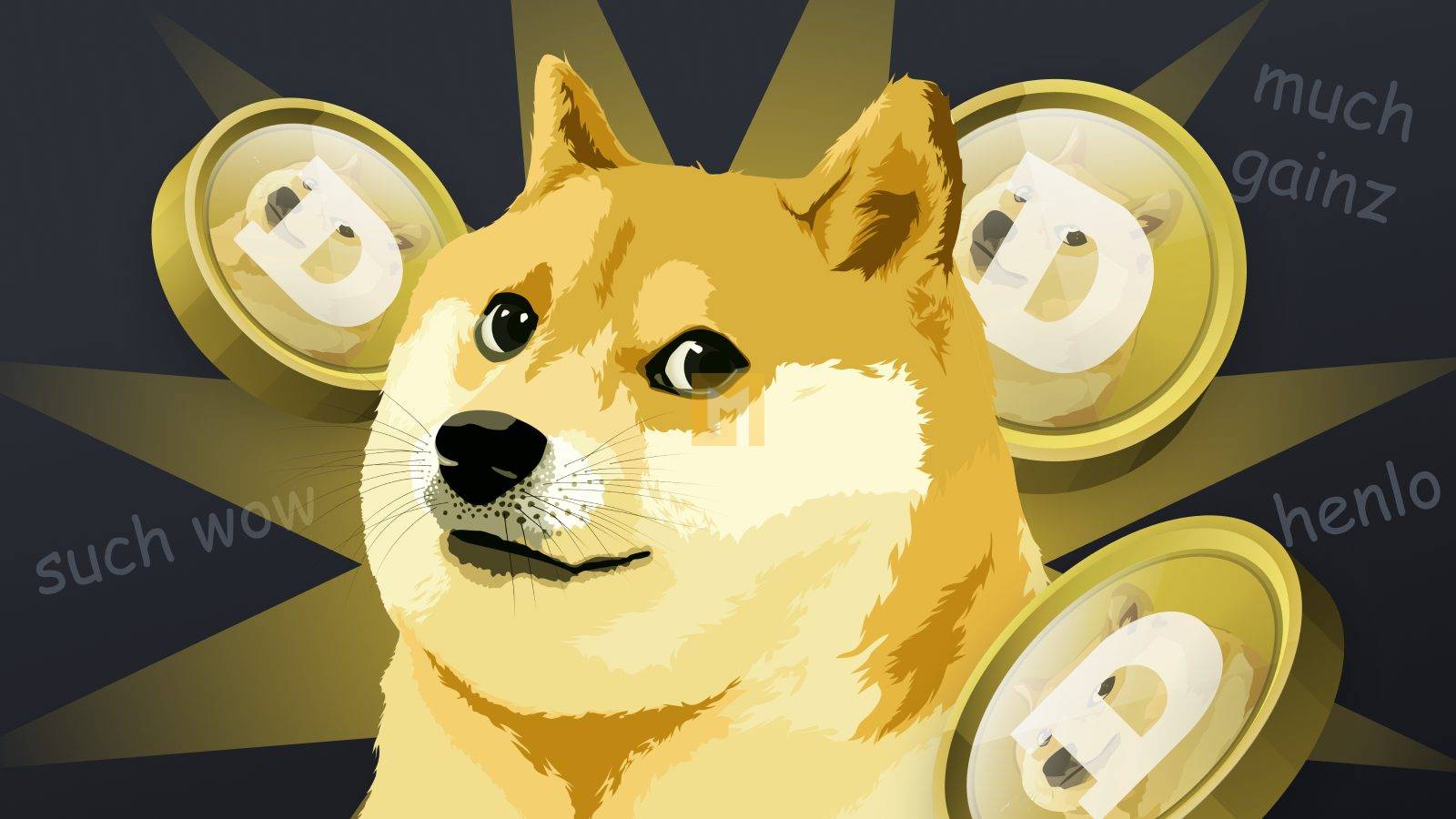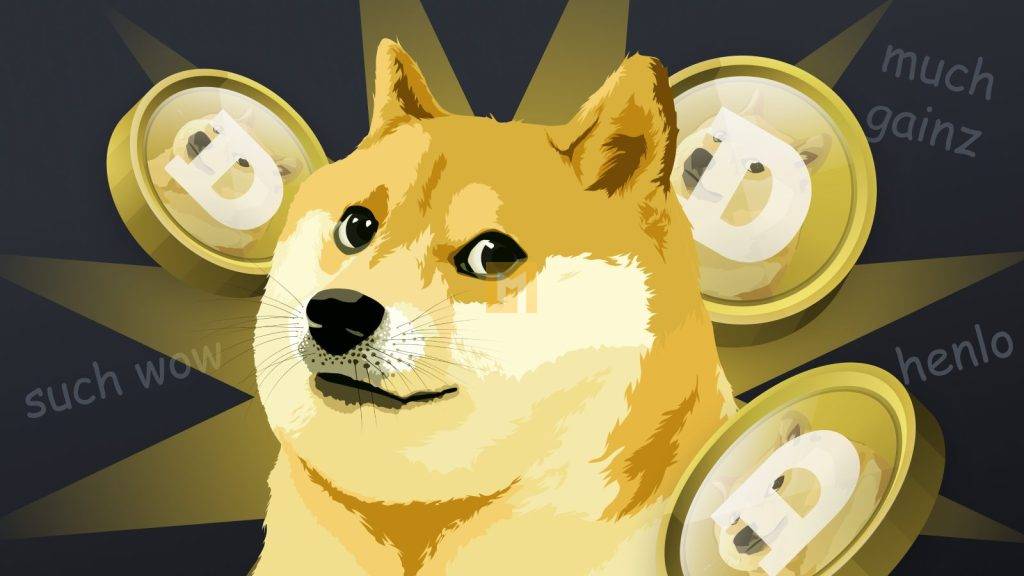
What Is Doge chain — And How Does It Relate to Dogecoin?
If you’re active on Twitter, you’ve probably seen news about the recently launched Dogechain project. The name is surprisingly similar to the official Dogecoin blockchain researcher. For the uninitiated, Dogecoin is the main meme coin created as a joke by two software engineers. However, contrary to popular belief, Dogechain is not a project started by the software engineers themselves. Want to know more? Read this article to understand what Dogechain is and why it was created.
What is DogeChain?
Dogechain, not to be confused with the official Dogecoin blockchain explorer, is an unofficial Layer 2 solution for the Dogecoin project. It is an EVM-enabled decentralized blockchain that runs on the Polygon network and aims to connect Dogecoin, giving Dogecoin users access to the growing decentralized finance (DeFi) ecosystem.
As mentioned above, Dogechain is not affiliated with Dogecoin. Instead, it is a separate community first blockchain that aims to validate Dogecoin holders. The bridge allows Dogecoin holders to access blockchain games, NFTs, and various DeFi applications. They need some sort of bridge because Dogecoin is mostly only used for payments and purchases. Since the benefits of Dogecoin are limited, the founders of the Dogechain project strive to integrate the original Dogecoin cryptocurrency so that it can be used for other purposes than its original use. In other words, this new project aims to bring scalability, security, sustainability and usability to the Dogecoin network.
Why was Dogechain launched?
The thought of launching Dogechain can confuse anyone who has seen Dogecoin reach new heights. Why would anyone improve a popular project like Dogecoin that has already proven to be very successful? In hindsight, the popular Dogecoin has its limitations that need to be addressed. Let’s talk about these limitations first.
The huge success of Dogecoin
When Dogecoin was launched in 2014, it gained immense popularity due to the funny meme that most people could relate to. The project looked promising at the time, as it attempted to replace typical cash with cryptocurrency. Furthermore, the Internet meme, Doge, was already a big hit among early adopters of cryptocurrencies.
As a result, Dogecoin became an instant hit. In the following years, the value of the coin skyrocketed with the support of global influencers such as Elon Musk and Snoop Dogg. To this day, the popularity of Dogecoin has remained unchanged. Dogecoin is popular because it has achieved its original goal of becoming a popular cryptocurrency used for online transactions.
Despite the overwhelming success of Dogecoin, age is starting to catch up. It needs a makeover because Dogecoin is mainly used as an online payment method. Today, almost all major coins offer this feature. Therefore, Dogecoin is not evolving just because its followers enjoy participating in the meme culture it is associated with.
Limitations of Dogecoin and strengths of Dogechain
This is where the Dogechain project comes into play. Dogechain is an EVM-enabled blockchain that runs on the Polygon network. The Dogechain team created this blockchain to form a bridge to Dogecoin, allowing Dogecoin users to access the growing DeFi ecosystem.
Dogechain is not a layer 2 network and is not related to Dogecoin. Instead, it is a sort of bridge that allows Dogecoin holders to transfer their tokens to Dogechain to purchase NFTs, develop GameFi applications and participate in various DeFi projects.
According to the white paper released by the official Dogechain community, the project aims to expand the use cases of Dogecoin while enhancing its utility. For example, Dogecoin users can participate in various DeFi projects by packaging their DOGE tokens in Dogechain smart contracts to obtain Dogecoin Proofs of Stake (PoS) (wDOGE). These wDOGE PoS tokens live on the Dogechain network. If necessary, wDOGE PoS tokens can be converted back into Dogecoin.
Here are the typical use cases for wDOGE PoS tokens:
- Count NFTs, change NFTs and pay gas fees associated with NFT transactions
- Easily connect to the growing gaming community and participate in popular GameFi platforms
- Join various decentralized exchanges, trade tokens and speculate
- Use advanced investment options like staking, lending, lending and cash mining
- Purchase NFTs based on Dogechain
- Participate in DAOs and fund DeFi communities
In addition to these benefits, there are many other reasons why you might want to take a closer look at Dogechain. For example, it offers a superior alternative to Dogecoin’s Scrypt Proof of Work (PoW) mining algorithm. Dogecoin’s algorithm is difficult to scale for mass use, so Dogechain Bridge can solve those limitations.
Likewise, the current Dogecoin setup is resource intensive. It is estimated to consume 6.54 TWh to operate, which is equivalent to the energy consumption of a small town. Dogecoin’s growth means it leaves a heavy environmental footprint. Dogechain solves this problem by offering a lower energy consumption alternative. Therefore, the time is right for a complementary blockchain that can perform fast transactions and make smart contracts work.
How does Dogechain work?
Dogechain is an EVM-enabled standalone blockchain based on the Polygon Edge framework, specifically designed for building scalable Ethereum-enabled blockchain networks. Since Dogechain is built using Polygon Edge, it retains some core protocol functionality.
Using the protocol has some advantages. For example, Polygon Edge is compatible with EVM. Likewise, the framework allows Dogechain to use a faster, more scalable and more environmentally friendly PoS mechanism than the PoW used by Dogecoin. More importantly, the framework has a smart contract feature that allows token holders to pay for gas using DOGE.
Dogechain also uses EVM, the Ethereum Virtual Machine, which is at the heart of its operation. EVM allows developers to build and deploy solutions quickly because they don’t have to do everything from scratch.
Overall, the combination of the Polygon Edge framework and EVM will help Dogechain improve Dogecoin to a level that is not possible without the integration of advanced technologies.
It’s also worth noting that the architecture of Dogechain differs from the architecture of all other blockchains. While built using Polygon Edge, the blockchain does not use the “security as a feature” of Polygon. Instead, it relies on its own set of validators to achieve security. Similarly, Polygon’s checkpoint mechanism and main chain contract features are also disabled.
Cross-chain protocol
The chain-to-chain protocol is another major component worth discussing. Connect the original Dogecoin blockchain to Dogechain.
You can use the protocol to exchange DOGE for DOGE token. The protocol requires a 1:1 ratio to achieve compatibility in cross-chain transactions. Every time you add a DOGE token, Dogechain will pin a DOGE token. If you destroy a DOGE token instead, you can drag the DOGE token onto the Dogecoin blockchain.
The following are some of the key features of the chain-to-chain protocol:
- Using a bridge, the blockchain provides secure and decentralized support for Dogecoin.
- It offers a fully reliable signature system for key generation.
- Private key distributions are managed by the community and by third parties, greatly improving security by eliminating the risk of a single mistake.
- Organizations using the cross-chain protocol can use the governance mechanism to implement voting functions.
